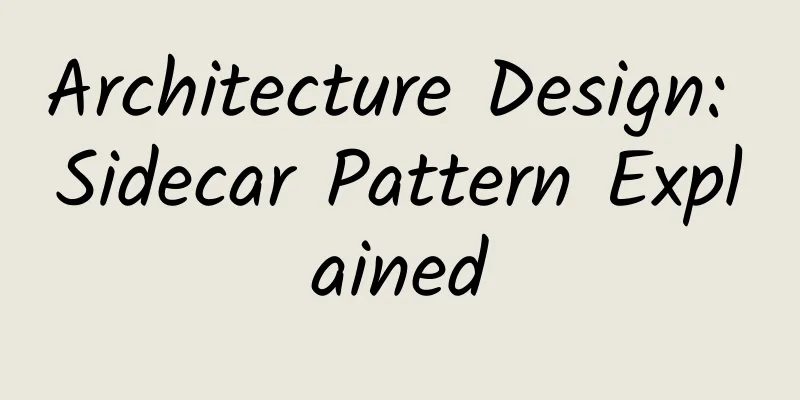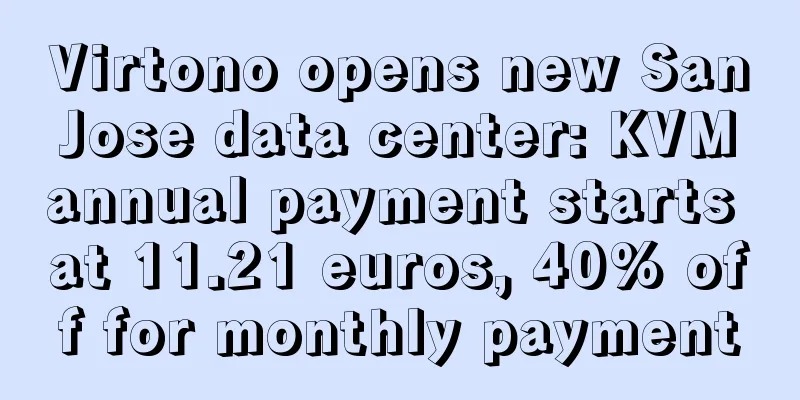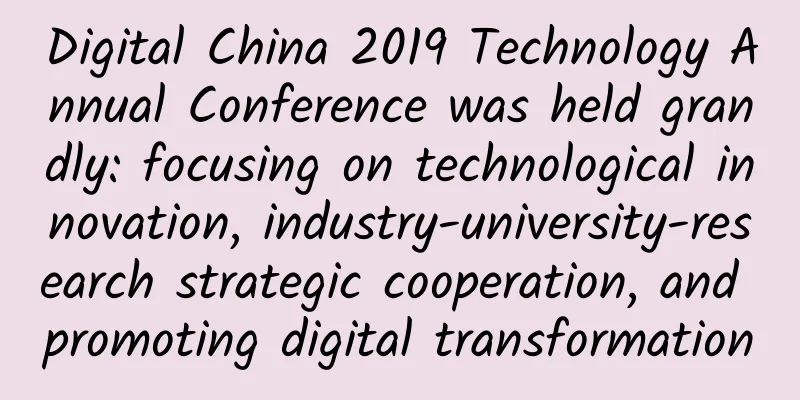Architecture Design: Sidecar Pattern Explained

Context and QuestionsModern applications usually need to provide the following common functional components for different services:
Integrating these features directly into every application can lead to the following problems:
Solution: Sidecar pattern The Sidecar pattern solves the above problems in the following ways:
Key ComponentsMain application and sidecar Parent/Main Application:
Sidecar:
Communication flow modeThere are two communication flows in Sidecar mode:
Mode 1: Sidecar as a Proxy In this mode:
Common use cases:
Mode 2: Sidecar as a Companion Service In this mode:
Common use cases:
Real-world example: Sidecar vs. non-SidecarNon-Sidecar Mode Adopting the Sidecar Model Main application: Sidecar components: Best Practices for the Sidecar PatternKeep it simple:
Handle failure gracefully:
Prioritize safety:
Challenges and considerationsPerformance impact:
Increased complexity:
Deployment Challenges:
Test complexity:
in conclusionThe sidecar pattern is a powerful architectural solution for managing cross-cutting concerns in distributed systems. Although it introduces some complexity, its advantages in isolation, maintainability, and flexibility generally outweigh the challenges. Key points:
|
Recommend
Saving Energy in Smart Buildings with PoE Switches
This is not something that happened overnight, bu...
The three major operators have invested 477.2 billion in 5G, unleashing the power of the digital economy engine
In fact, 2022 is another peak year for 5G investm...
Three application strategy investment suggestions to help companies improve user experience
Today, the Asia-Pacific region ranks second in th...
my country's 5G construction and development have achieved remarkable results, and the 6G layout is about to start
At present, 5G, as a global emerging strategic in...
How is the UK train network going digital?
[51CTO.com Quick Translation] Dennis Rocks, produ...
China's 4G speed compared to the United States: the gap is amazing
In 2016, the number of China Mobile's 4G user...
RackNerd: $11.88/year KVM-1.2GB/25GB/2.5TB/Los Angeles data center
RackNerd announced the hard disk upgrade of DC02 ...
New infrastructure becomes the biggest driving force for China's data center industry in 2020
In recent years, China has been comprehensively d...
What does Wi-Fi bring to Matter’s push for home IoT?
As Matter’s foundational technology, Wi-Fi can he...
"Smart cars" drive on "smart roads", Lenovo and Intel work together to enable the coordinated development of vehicles, roads and clouds with 5G+AI computing power
On May 18, Lenovo and Intel jointly demonstrated ...
The explosion of the Internet of Things has forced the advancement of edge computing
According to research firm IDC, spending on the I...
Accelerating digital transformation, 5G empowers the next generation of new industrial manufacturing
[[335662]] The COVID-19 pandemic has imposed mand...
[Important Event] Be neither arrogant nor give up, stick to the original intention, the 2023 Jinrui Marketing Award works collection is officially launched
111.jpg The explosive marketing of the "frag...
Is the integrated air-space-ground information network really coming?
[[408522]] In recent years, with the popularizati...
Maxthon Hosting: 56 yuan/month KVM-2GB/40GB/400GB/Korea CN2, Hong Kong CN2, Japan, US CN2, etc.
Aoyozhuji, a long-established foreign VPS service...

![[6.18] UFOVPS 20% off, top up 200 yuan and get 10 yuan, US CN2/Japan CN2 GIA/Hong Kong CN2 GIA optional](/upload/images/67cabe6b63f72.webp)







